Week 40: Brasov
–
–
We’ve been in Brasov for a week and it’s been fantastic. Just after I posted my last update we celebrated Christmas, or rather we celebrated Christmas Eve and spent Christmas day popping aspirin and avoiding getting out of bed. Before all that happened, on Christmas Eve day, we headed out to Bran. Home to the castle more popularly known as Dracula Castle, Bran looked like it would be hectic in the high season. Thankfully winter is the low season and we almost had the castle to ourselves as we explored its many nooks and crannies. Steep staircases led to higher floors where balconies overlooked the interior courtyard. If I were a vampire the balcony looking out over the valley would be my helipad of choice. Speaking of, the local character that Bram Stoker’s Dracula is based on spent minimal time in this castle. An exhibition in one of the rooms talked about Vlad Tepes, otherwise known as Vlad the Impaler, and tried to paint him in a good light. He was just misunderstood. Look up impalement… We had a beautiful day for the castle and after wandering around we headed up a nearby hill for some views across to and down on the castle. A perfect Christmas present.
Christmas Eve was spent at a cosy little restaurant in downtown Brasov where the white wine flowed freely, then back home where we added a bottle of chilli vodka to the hostel party that had started in our absence. As I mentioned, Christmas day was a bit of a non event so I’ll skip straight to Boxing Day (the 26th).
We spent the day exploring Brasov’s well preserved old town. First of all we visted the St. Nicholas Church, whose stone building dates from 1495 and replaced an earlier church from 1292. Next to it was a beautiful graveyard where we saw a headstone carved with a person’s name, date of birth and the first two digits of their date of death. Unfortunately, it seemed nobody expected them to live into the 21st century because the first two digits were “19”. In the streets of Brasov were some beautiful old houses with decorative flourishes and we wandered around for hours before heading up to the White Tower for a view over the city as the sun set. At 3:45pm.
The next day we headed to Sinaia, an hour south of Brasov. It took us two hours because it started snowing very heavily almost as soon as we left Brasov and traffic seems to turn to chaos pretty quickly after that happens around here. Anyway, we finally got in and headed up to Peles Castle. Actually it was never designed as a fortification, simply a luxurious summer retreat for King Carol the first. It was built from 1873 to 1914, though it had its inaugural ball in 1883. It has 3,200sqm of floor space, around 170 rooms, 30 bathrooms and an entry hallway that made me swoon. It also has a management who know how to extort money from tourists, but that’s the only bad thing I can say about the castle. It’s one of the most beautiful buildings I’ve ever seen in my life. Many of the rooms have unique themes – Florentine, Turkish, Moorish, French, Imperial – and every single one of them is done exquisitely. And so they should be, in todays money the construction bill came to US$120 million!
Nearby was Pelisor Castle, built between 1899 and 1903 as the residence of the future King Ferdinand and his consort Crown Princess Marie. They didn’t like Peles Castle and Marie didn’t like her father-in-law King Carol 1. This may have had something to do with the fact that he put an end to her affair with Lieutenant Zizi Cantacuzene in 1897. Other ill concealed secrets meant that the paternity of a few others of her children was suspect and it’s pretty obvious that the marriage wasn’t a happy one. Having said that, Marie seems to have had impeccable taste. She took an active part in the design and decoration of the castle and created a much more minimalistic Art Nouveau style than Peles. Her favourite room, where she spent most of her time, was the incredible Gold Room, a vaulted room with a Celtic cross over the skylight. The walls are entirely covered in gilded stucco in a thistle leaf design and reflect the light. Queen Marie died in this room in 1938, eleven years after her husband.
Today we headed out to some of the fortified churches in the surrounding villages. In Prejmer a 15th century citadel built by Teutonic Knights surrounds a 13th century church. It was designed to house and protect the local peasants who were required to keep most of their goods in one of the 272 cells in the citadel walls in case the town was attacked by the Ottomans. At this time the southern part of Transylvania was the southern border of Hungary, and the Germanic knights were employed to protect it. Nearby, in Harman, is another citadel from the 16th century which was less impressive but at least we were allowed more time to explore. As it turns out both are closed on Monday (something the Lonely Planet and other sources neglected to tell us) but at Harman an obliging caretaker opened the gate. At Prejmer a grumpy lady berated us for the Lonely Planet’s mistake but grudgingly let us in for five minutes of exploration. At Harman the German speaking caretaker told us that the people in the village speak what he called Saxish, a dialect of German which is probably called Old Low German or Middle Low German in English. Either way both these languages have died out in Germany (OLG in the 12th century and MLG in the 17th century), and it made me wonder how these communities have kept the language alive for so long when places like Brett’s village in Transnistria have lost all trace of their German past. Mass and prayers in church are in High German.
This afternoon we finally made it to the gothic Black Church, the main attraction in Brasov, which has been inconveniently closed over the Christmas period. Construction began in 1383 but in 1421 the incomplete church was destroyed by an Ottoman invasion. It was rebuilt and survived 100 earthquakes and a small fire before the Great Brasov Fire of 1689 destroyed it and blackened the walls, giving it its current name. Once again it was rebuilt and now houses a 4,000 pipe organ as well as an impressive collection of Turkish rugs, gifts from traders returning from trips.
Anyway, we leave Brasov tomorrow for Sighisoara, a medieval town to the north where Vlad Tepes (the misunderstood nice guy who liked to watch impaled people writhe as he ate his dinner) was born. It looks nice and we might spend New Year’s Eve there before heading further north on our way back into the Ukraine.
Tags: Black Church, Brasov, Harman, Peles Castle, Pelisor Castle, Prejmer, Romania, Sinaia
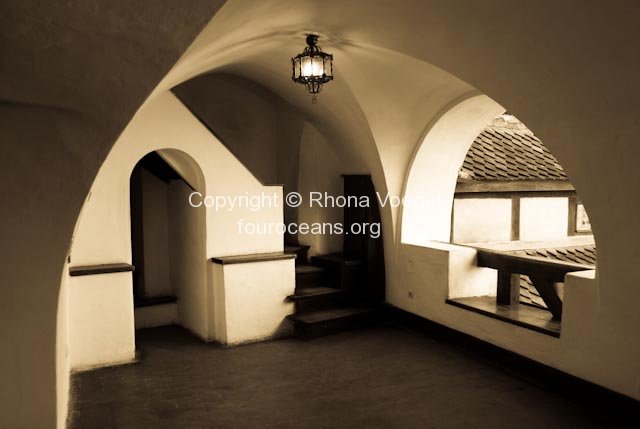
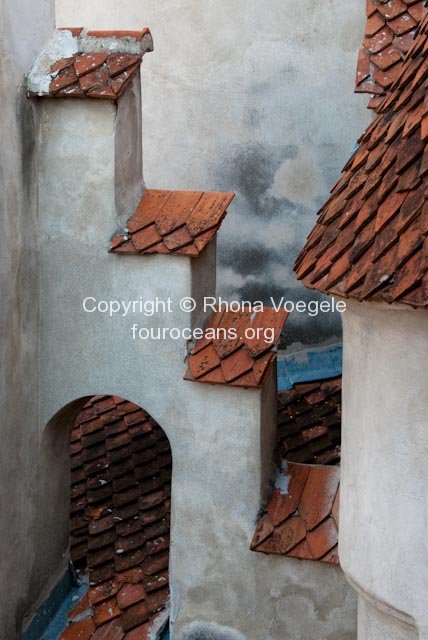
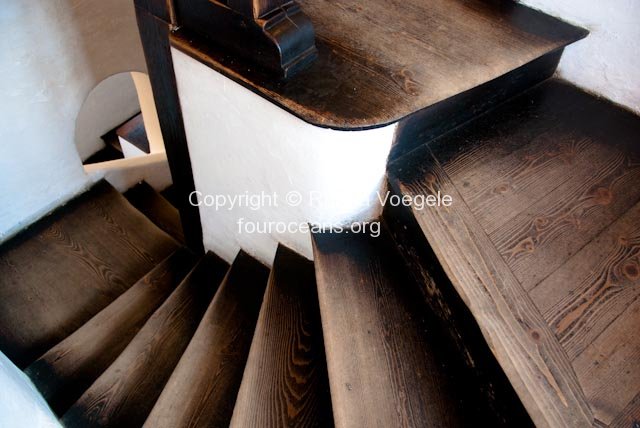
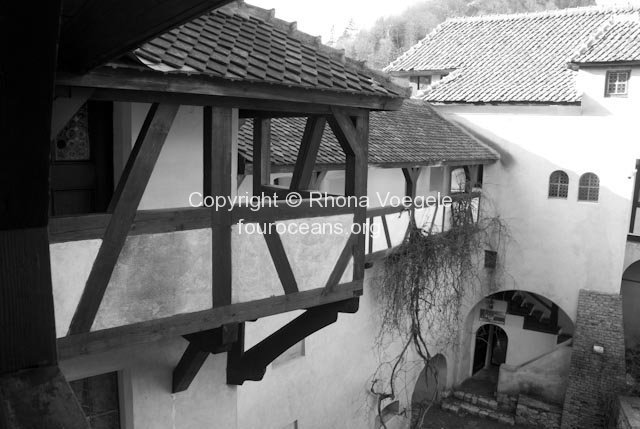
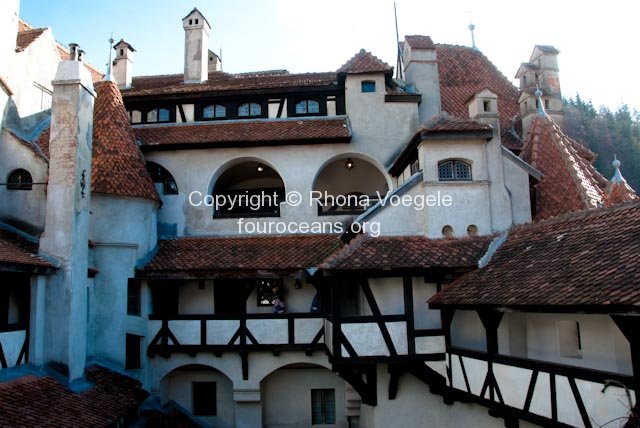
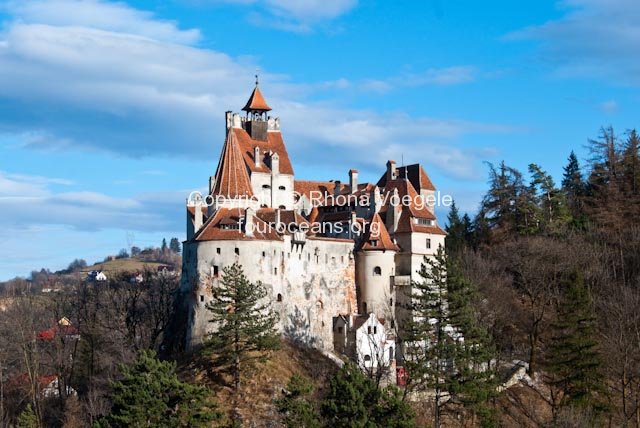
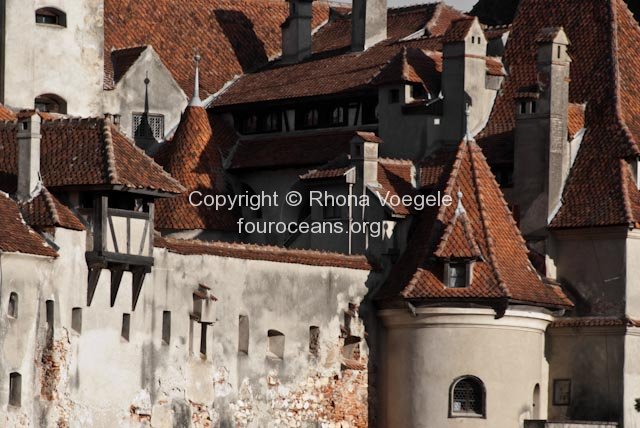
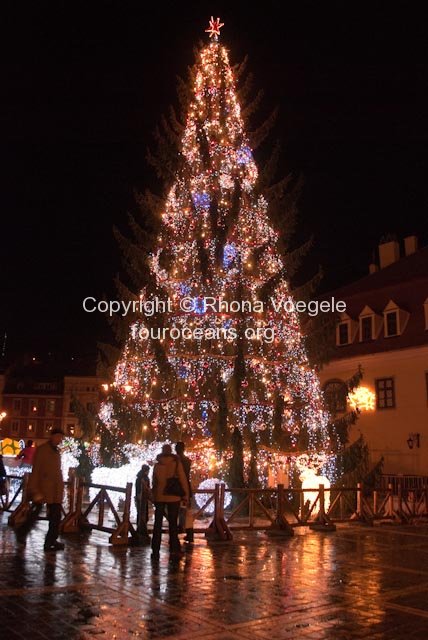
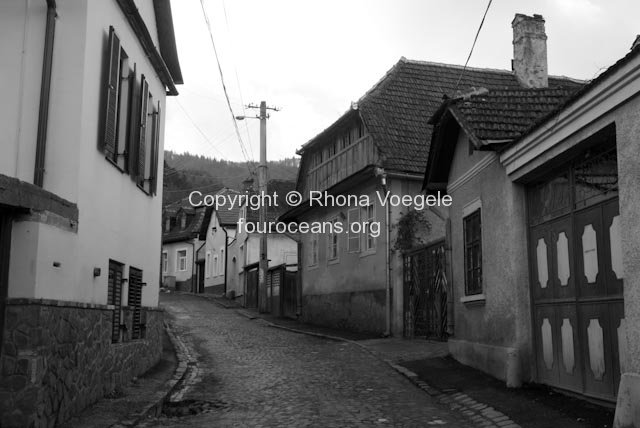
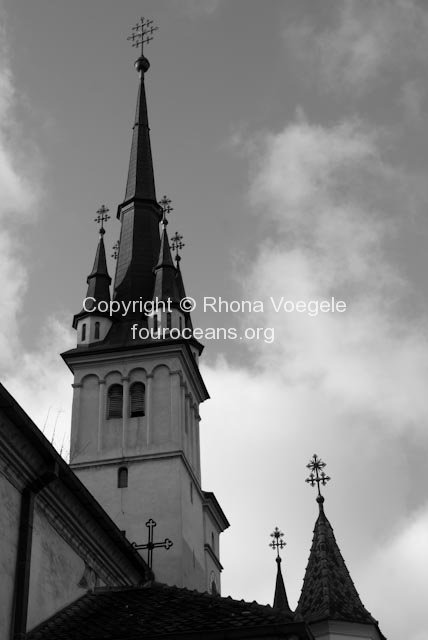
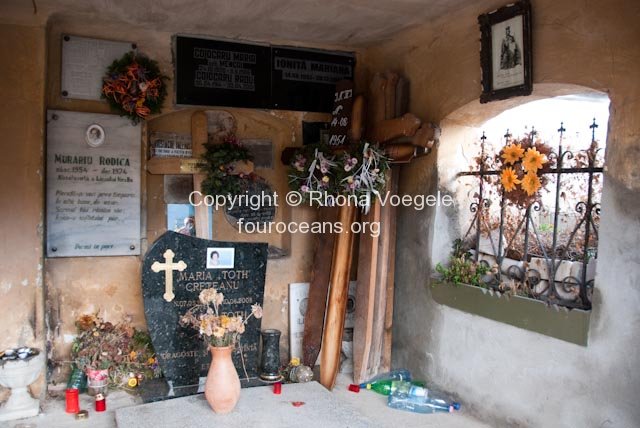
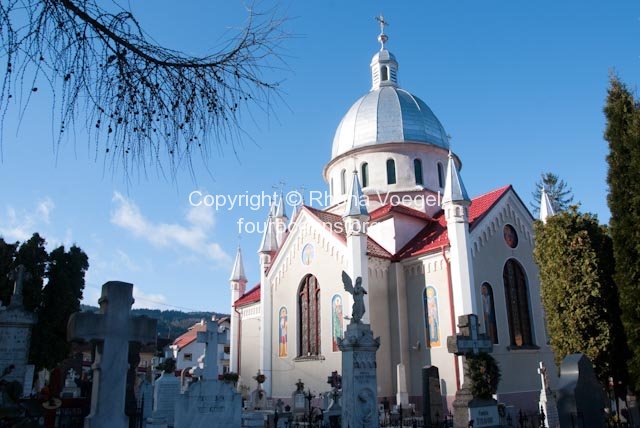
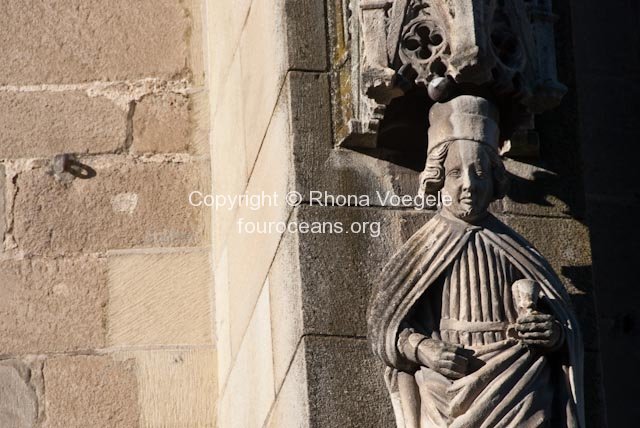
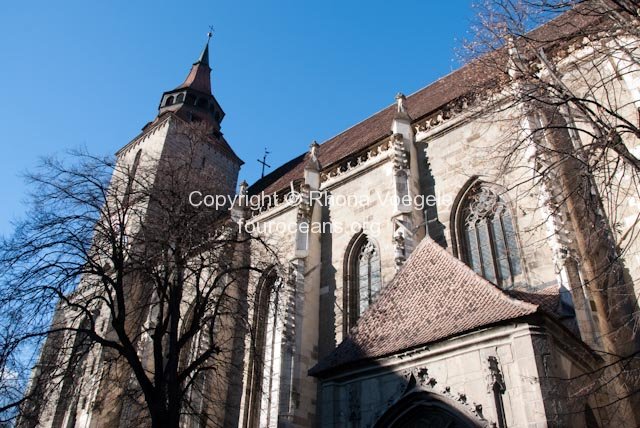
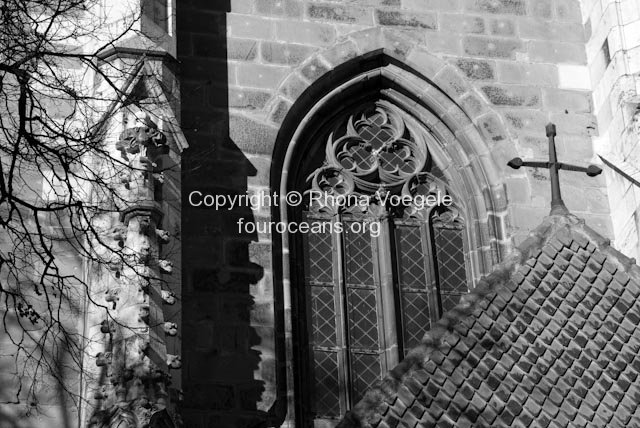
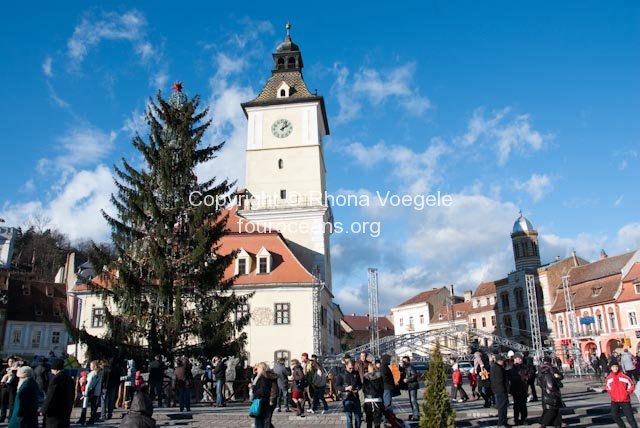
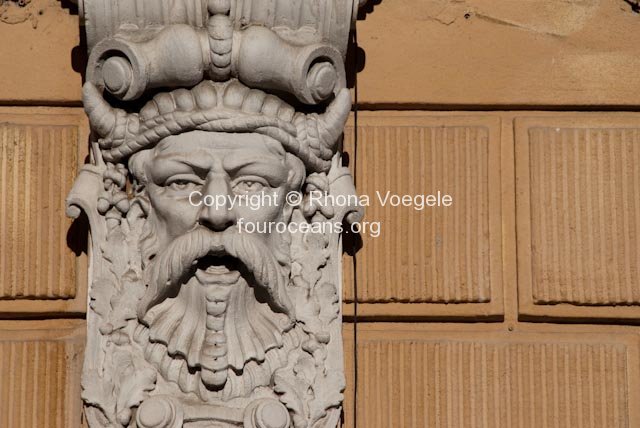
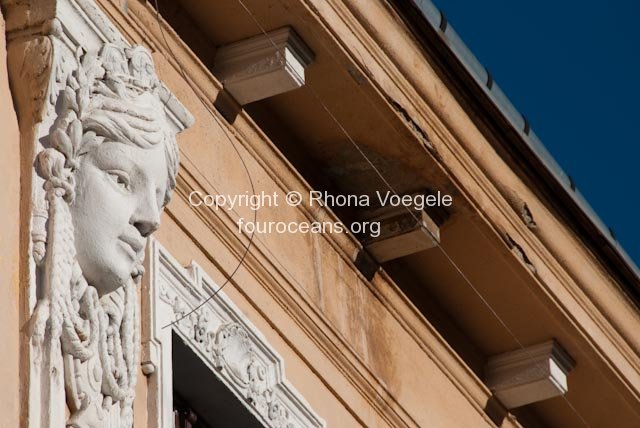
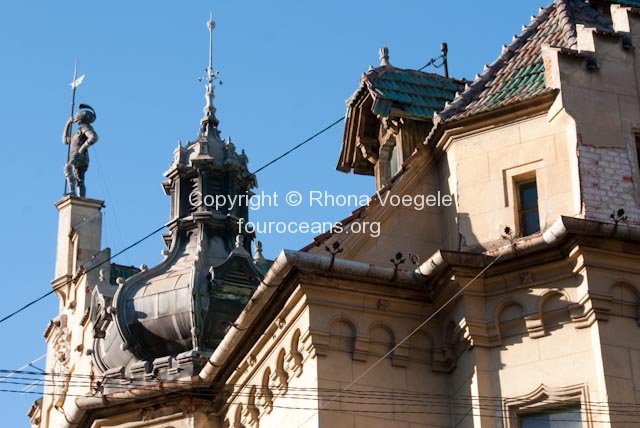
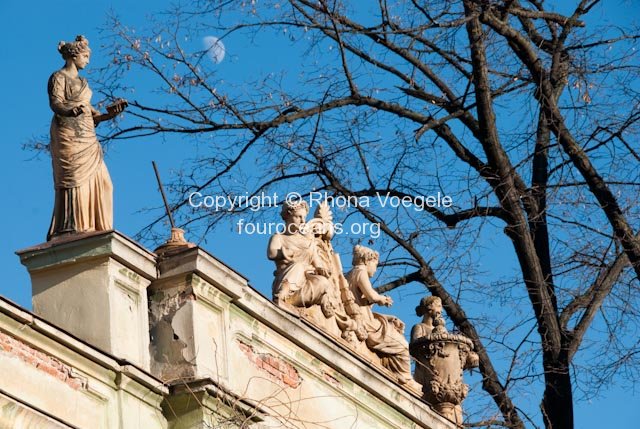
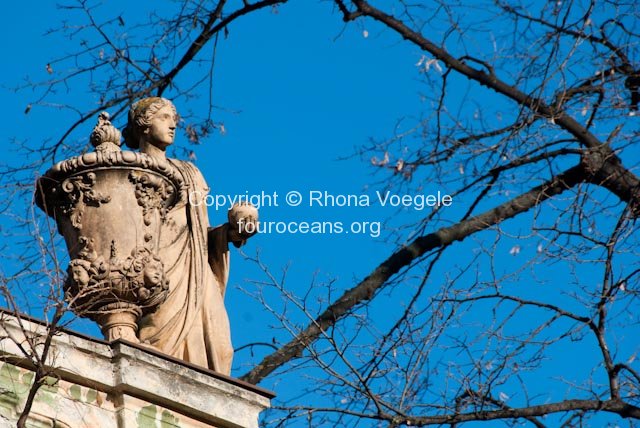
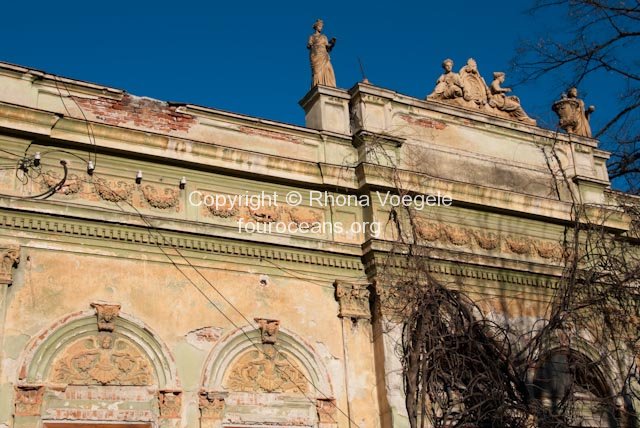
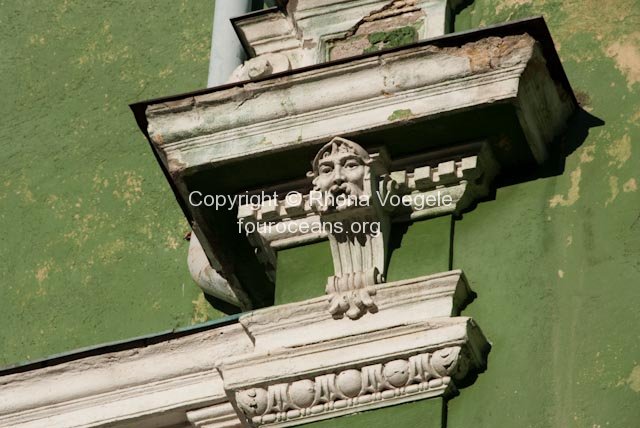
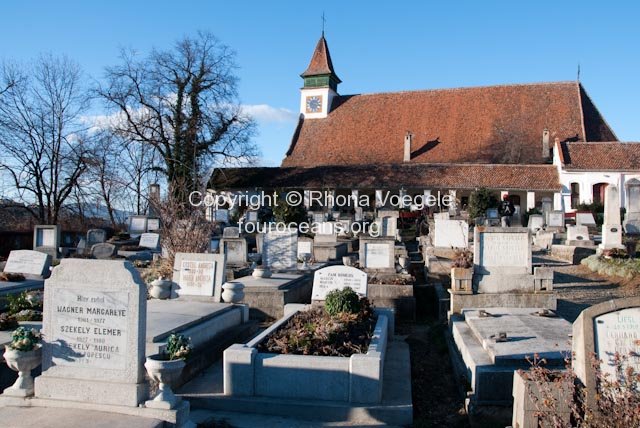
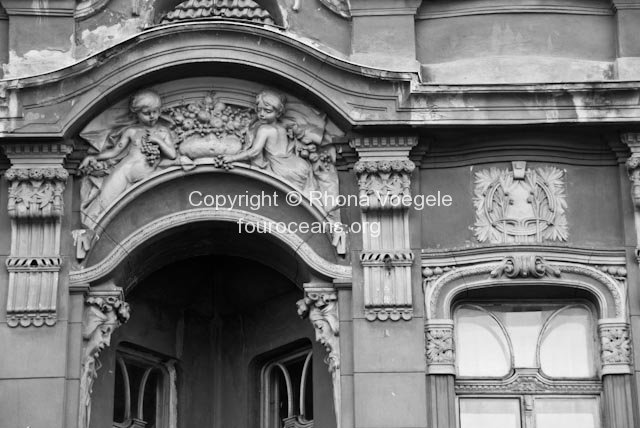
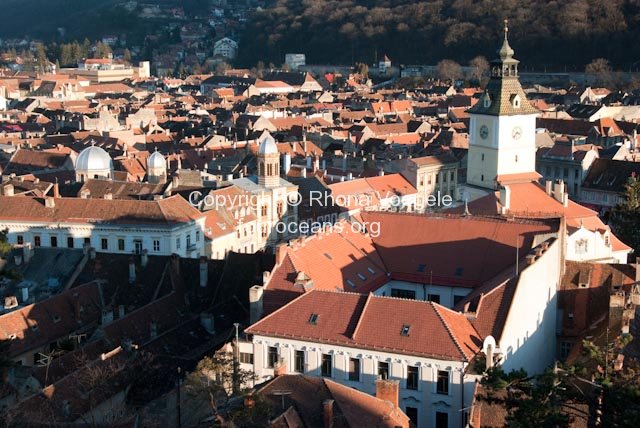
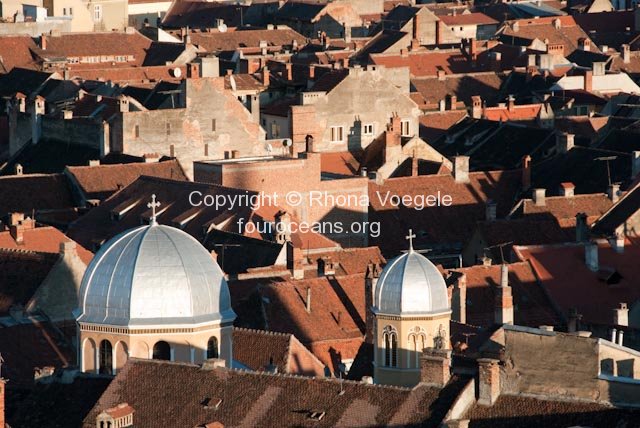
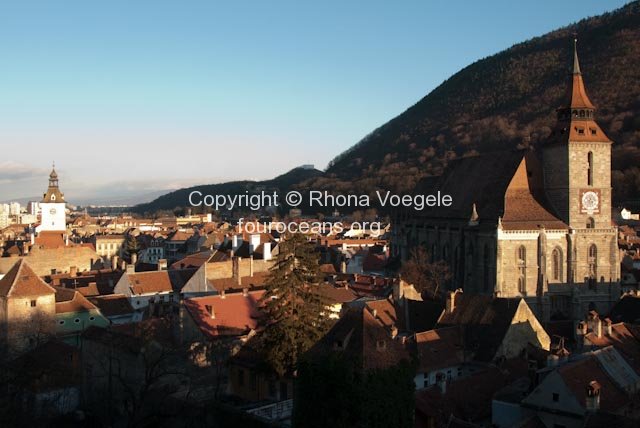
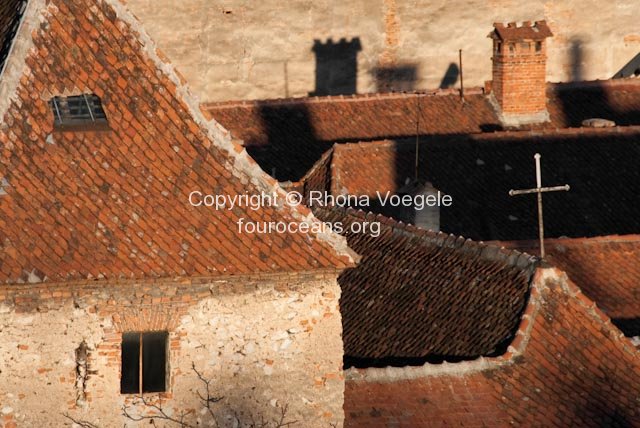
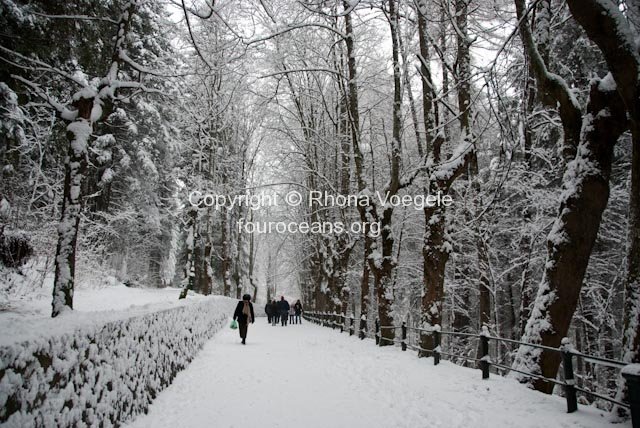
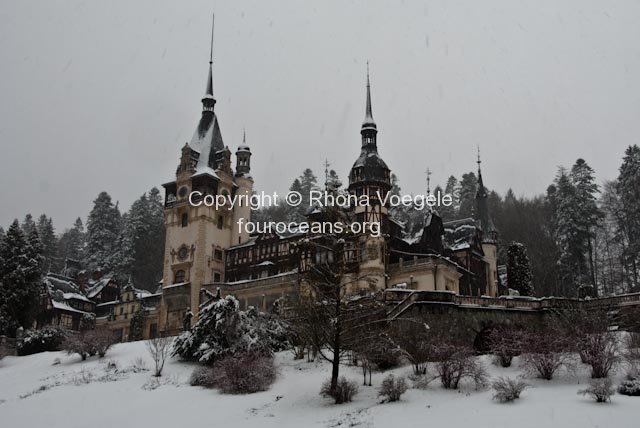
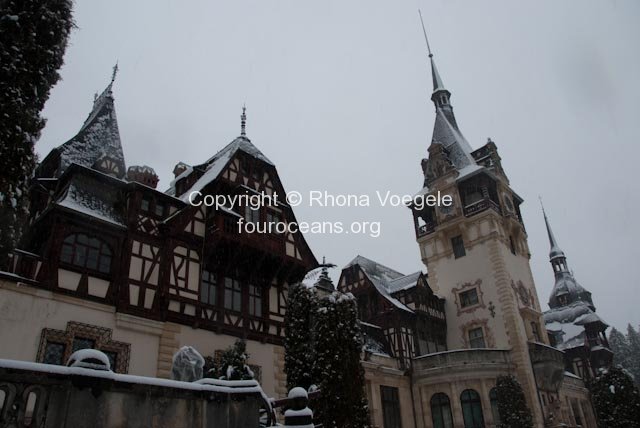
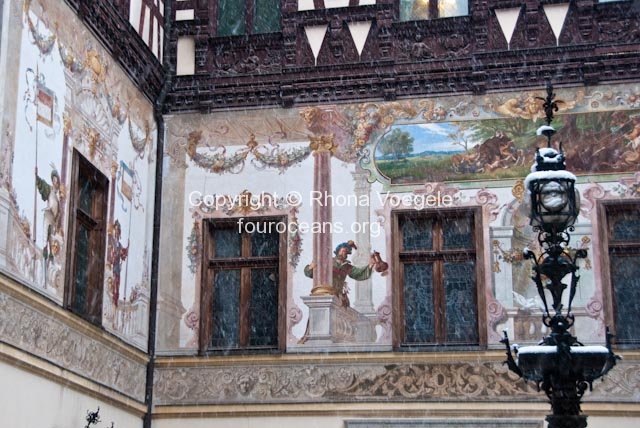
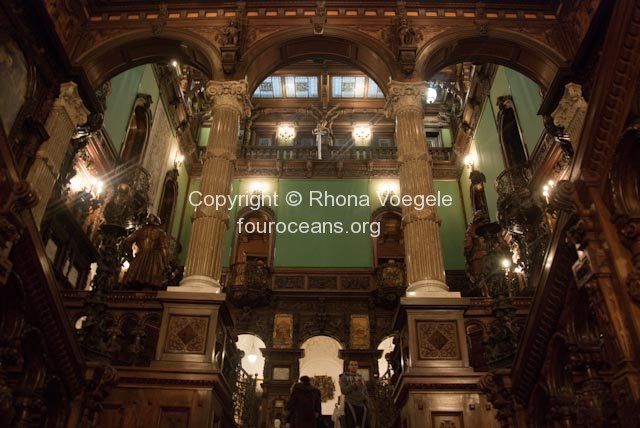
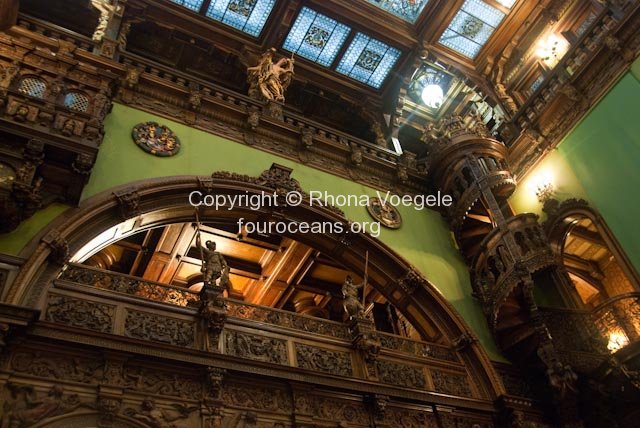
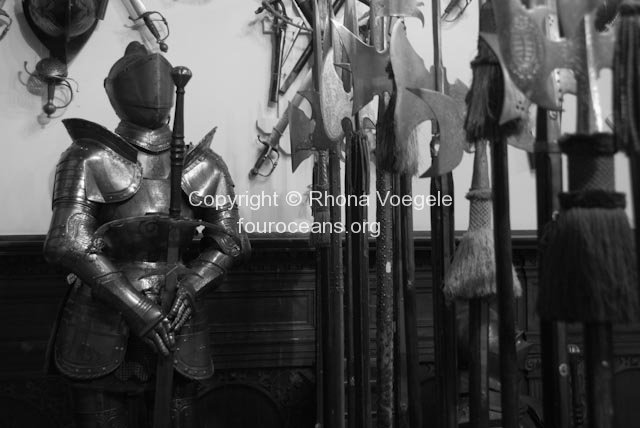
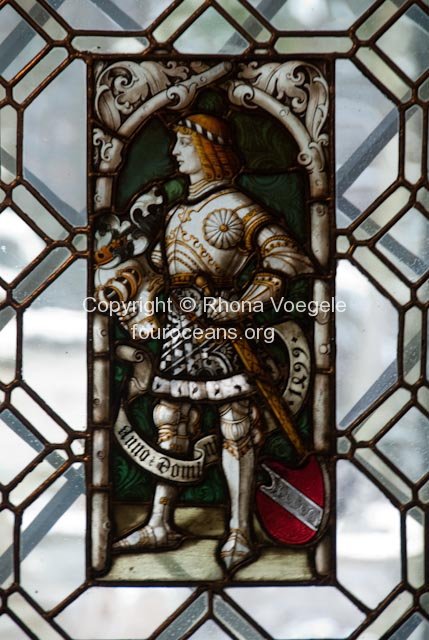
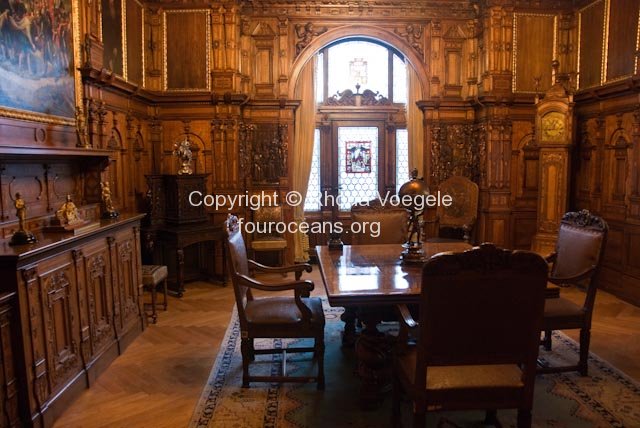
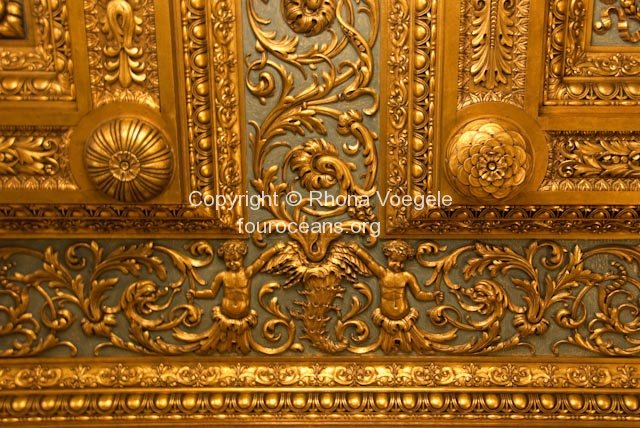
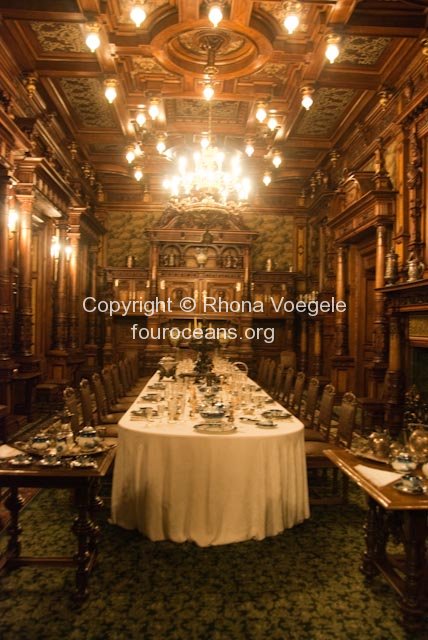
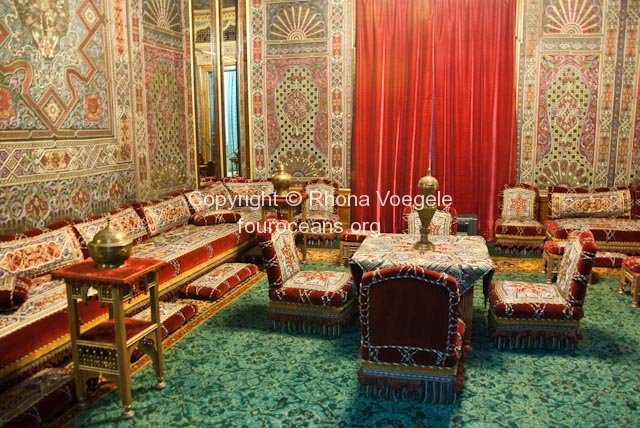
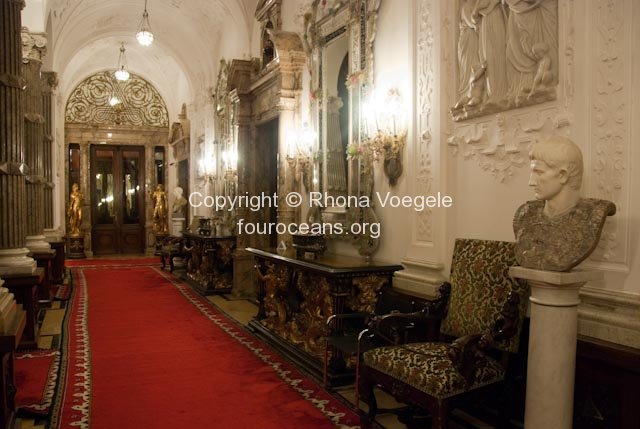
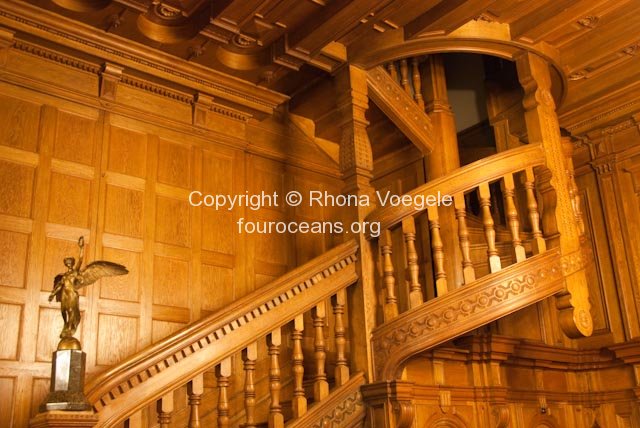
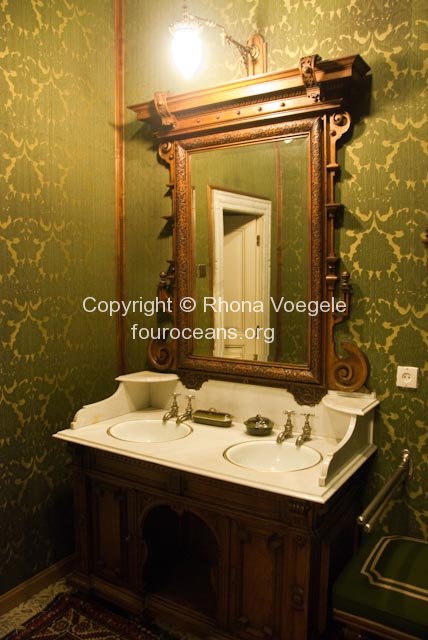
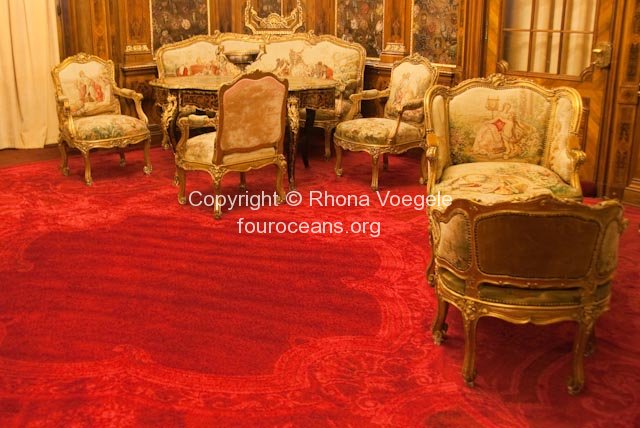
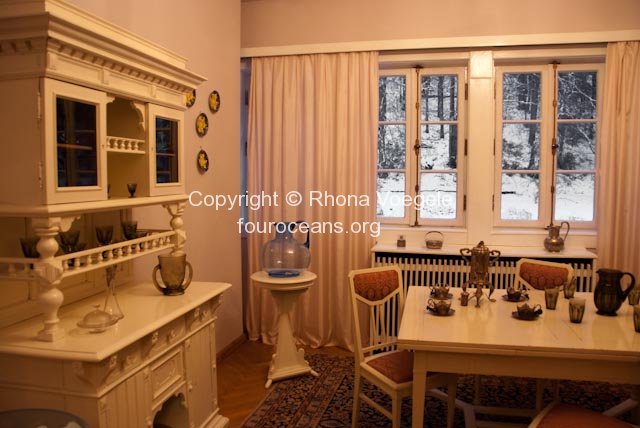
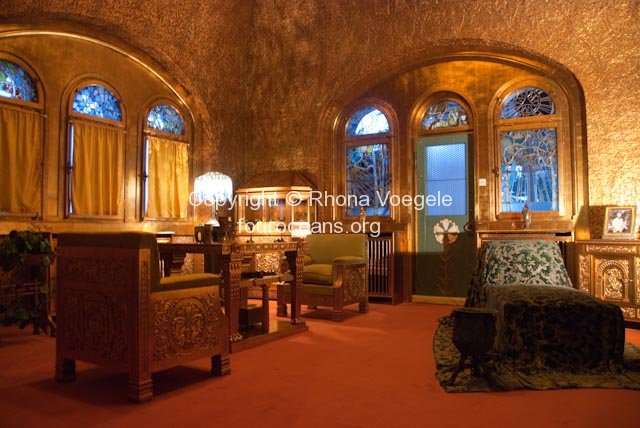
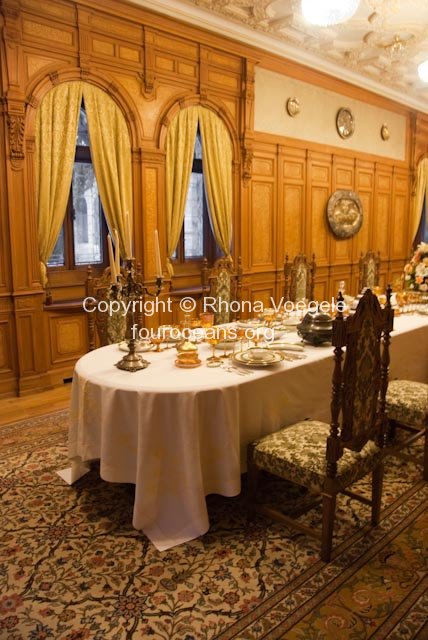
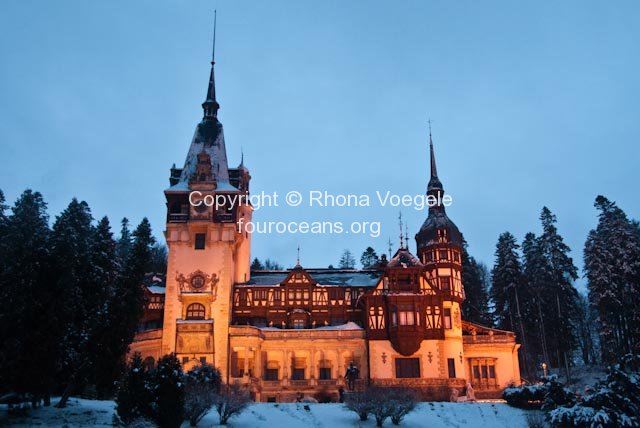
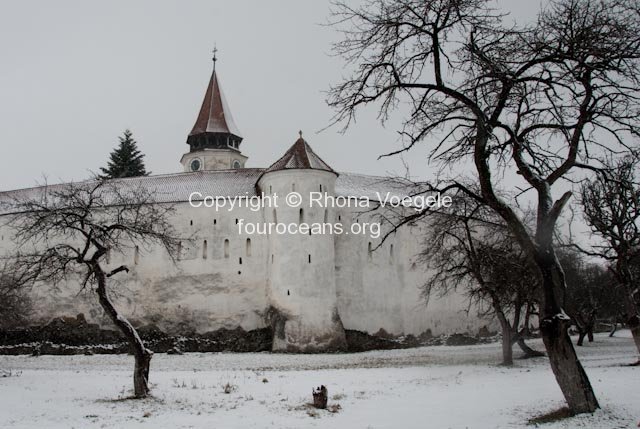
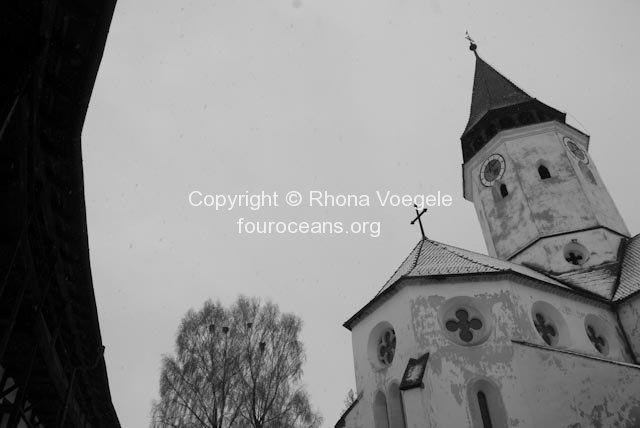
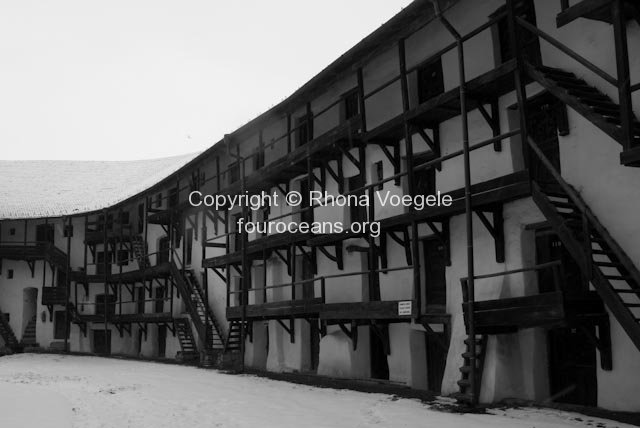
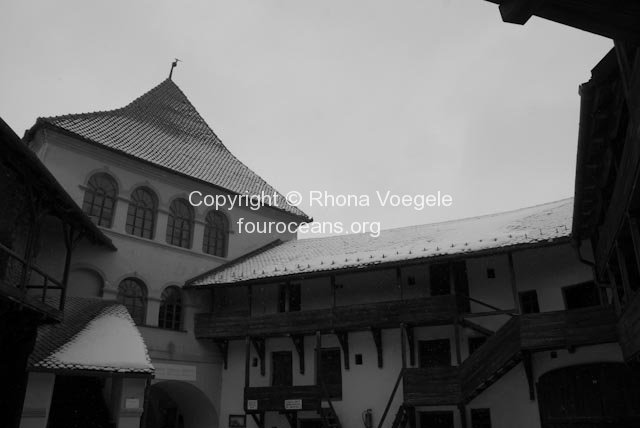
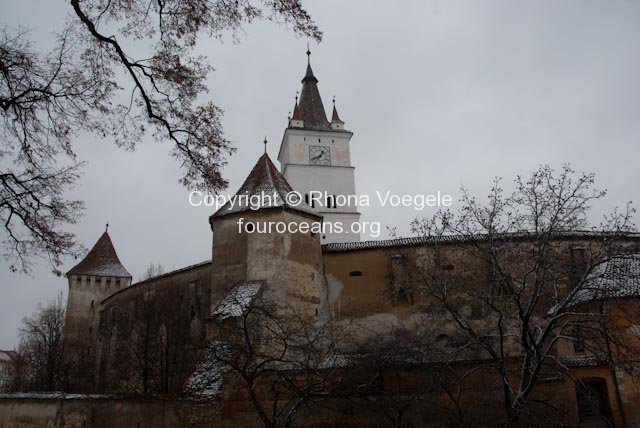

Leave a reply